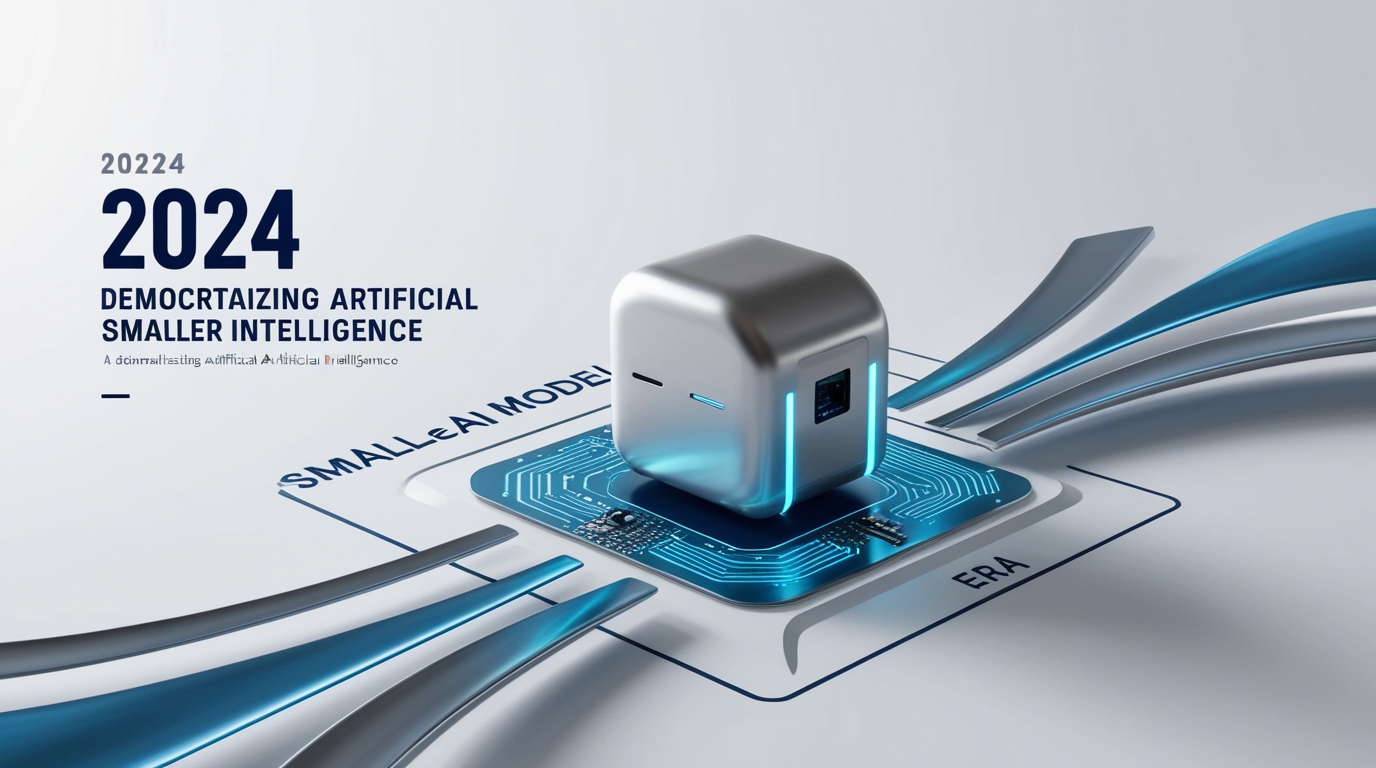The Era of Smaller AI Models: Democratizing Artificial Intelligence in 2024
Introduction
Artificial Intelligence (AI) is growing at a remarkable pace, but 2024 has marked a significant shift in the landscape—smaller, more efficient AI models are taking center stage. These models are revolutionizing the AI industry by enabling advanced AI capabilities without the need for high-powered infrastructure. From edge computing to more explainable AI, the development of compact AI models is paving the way for broader adoption across industries and smaller organizations.
What Are Smaller AI Models?
Smaller AI models refer to artificial intelligence architectures that require less computational power, memory, and data to operate efficiently. Traditional large language models (LLMs) like GPT-4 or Google’s Gemini require massive computational resources, making them expensive to train and run. Smaller models, on the other hand, focus on optimizing these requirements without sacrificing too much performance. These innovations are driven by methods like quantization, Low Rank Adaptation (LoRA), and Direct Preference Optimization (DPO) (IBM – United States) (Forbes Australia).
Benefits of Smaller Models
- Democratization of AI: Smaller models make AI more accessible to a broader range of businesses and institutions, enabling startups and mid-sized companies to develop AI solutions without the financial burdens of expensive hardware or cloud infrastructure.
- Edge Computing: Compact models can run locally on devices, which is particularly useful for the Internet of Things (IoT) and edge computing. This shift ensures that AI can be deployed in real-time on smartphones and embedded systems, creating opportunities in healthcare, smart cities, and autonomous systems (IBM – United States).
- Explainability: As AI becomes integral to decision-making processes, especially in healthcare and finance, ensuring that models are interpretable and understandable has become crucial. Smaller models allow for easier auditing, making AI safer and more trustworthy (The AI Track).
The Challenges Ahead
While smaller models offer numerous advantages, they also come with limitations. They may not match the performance of larger models in complex tasks requiring deep reasoning. However, as techniques like quantization and LoRA continue to evolve, we could see further improvements in their capabilities (IBM – United States).
Conclusion
The shift toward smaller, more efficient AI models marks a pivotal moment in the democratization of AI. By making AI more affordable and accessible, smaller models will likely drive innovation across various industries, allowing for the development of specialized applications while mitigating the ethical concerns tied to data privacy.
